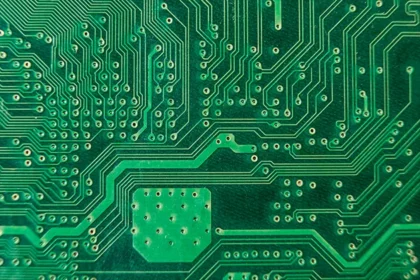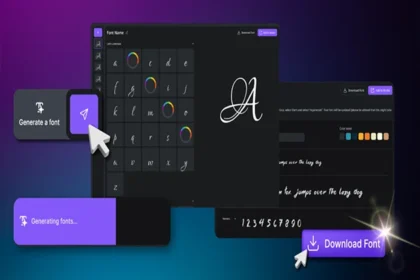With every passing day, Artificial Intelligence is gaining popularity. Development is happening in this field, and there are no second thoughts as to why AI is so much in demand. One such innovation that has attracted attention from all over the world is Symbolic AI. This type of Artificial Intelligence makes use of symbols. Machines, as we know, imitate human actions as far as AI is concerned. The foundation of Symbolic AI is that humans think using symbols and machines’ ability to work using symbols.
In this world, almost everything can be well understood by humans using symbols. Suppose it’s describing objects, actions, abstract activities, things that don’t occur physically. In that case, symbols can explain all of these. Humans have this remarkable ability to use symbols to communicate, which makes Symbolic AI a common idea. Thus, it is this belief that by manipulating the symbols on which the Symbolic AI is based, several degrees of intelligence can be achieved.
Over the years, this form of AI has seen both success and failure.
Some of the fields where symbolic AI have tasted success are:
- Expert Systems: Today, many implementations of this AI, like customer care, technical support systems, and much more, have been rendered into different expert system domains.
- Natural Language Processing (NLP): NLP is one place that has possibly seen the best symbolic AI application. It is that branch of AI with the aid of which, like never before, people can interact with machines. How can one not mention the most trustworthy virtual/offline assistant, the very popular Alexa and Siri, who is currently ruling the world? These illustrate NLP implementation in the best possible way. Chatbots often use Symbolic AI so that a set of rules based on such keywords is included.
- Satisfying Conditions: When certain conditions are met, a lot of incidents happen in our everyday lives. Say, for instance, in India, and you get to drive a gearless two-wheeler only after turning 16. So, you are not eligible to drive a moped until you turn 16 years old. The same is the case with this type of AI that aims to solve problems by satisfying the conditions needed. This process is also known as the fulfillment of constraints/conditions.
- Drawing Conclusions Purely based on Logic: With Symbolic AI relying heavily on the rules already laid down, it is evident that the conclusions drawn are logical. Any inference that is reached by the use of symbolic AI is then supported by substantial evidence.
There are several places where Symbolic Ai has struggled to meet standards, despite all of these impressive achievements. Some of them are:
- As simple as it may be, people can learn, but machines are not. Therefore, it is indeed an impossible challenge to tackle to impart learning capabilities.
- Symbolic AI does not manage emotions at all because it operates on what has been pre-programmed entirely.
- This type of AI is entirely based on explicit representations and does not speak to the implicit component.
- Symbolic AI cannot handle unstructured data.
The fact that this has tremendous potential in the years ahead cannot be ignored, with many possibilities that Symbolic AI has to bring. Yeah, there are flaws to contend with, but that should not be an obstacle. Efforts imposed in the right places are likely to produce the desired results.










